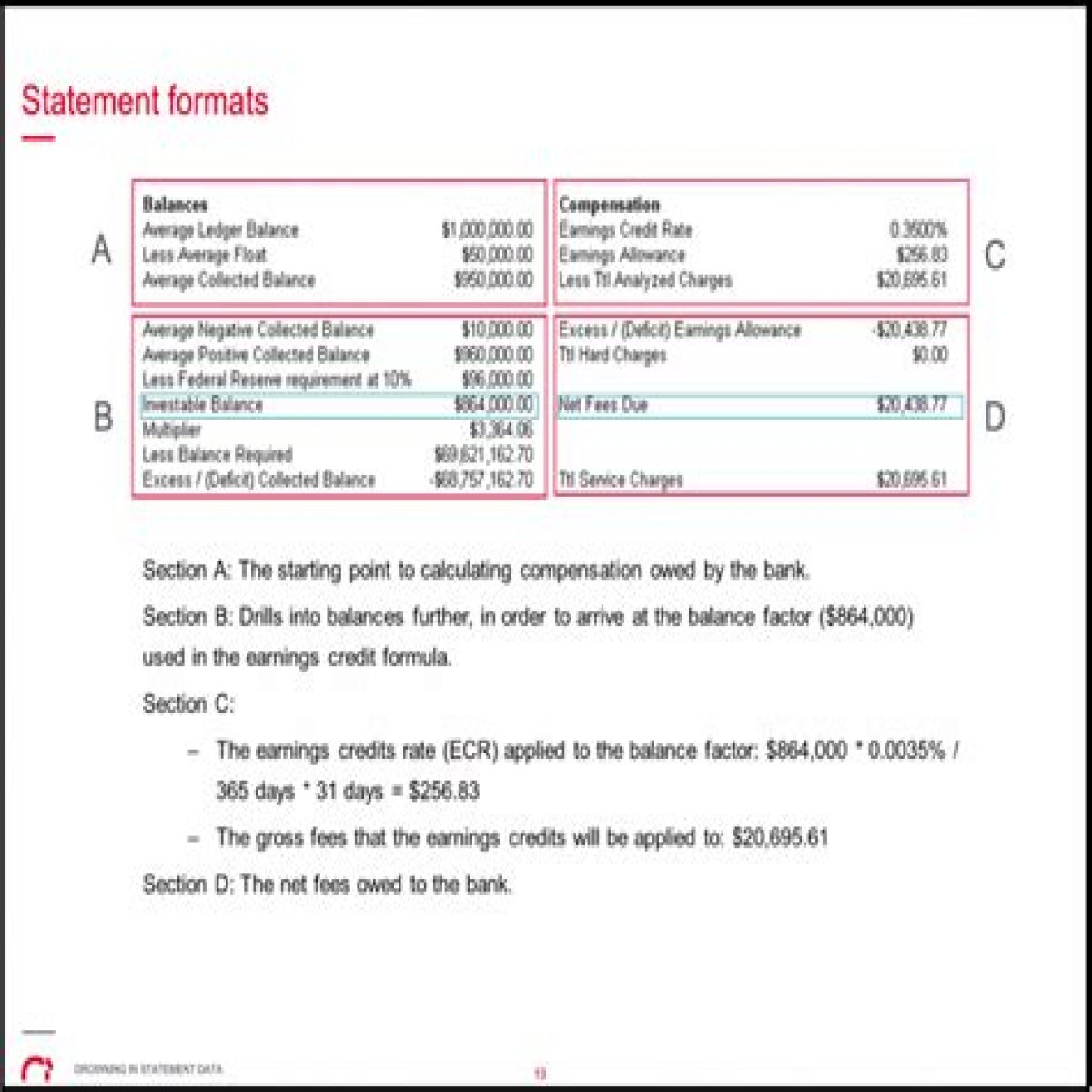Our experts answer readers' banking questions and write unbiased product reviews (here's how we assess banking products). In some cases, we receive a commission from our partners; however, our opinions are our own. Terms apply to offers listed on this page.
- Many banks charge you a few dollars per month for mailing paper bank statements to your home.
- You can avoid paper statement fees by opting for paperless statements online.
- If you don't like banking online, paper statements could be worth the cost.
A bank statement is a document that shows your account activity, including deposits and withdrawals. One statement shows the activity over a "statement period," which is typically one month.
Banks issue bank statements online or you may receive physical copies by mail. However, if you receive paper statements your bank may charge you a fee.
What are paper statement fees?
Paper statement fees occur when a bank charges a fee for receiving a printed physical bank statement. Paper statement fees may range from $0 to $5 at most financial institutions.
Some banks automatically send you paper statements; others require you to enroll. When you open an account, ask an employee or check the website for information about whether you need to opt in or out of paper statements.
Many of the best banks provide online statements for free. You can find these when you log into your bank account online or via the mobile app.
Insider's Featured Checking Accounts
Fees at the top banks
Here are the paper statement fees at banks with the most branches around the US, as well as online banks:
*At these banks, the paper statement fee may vary depending on which checking account you open.
How to avoid paper statement fees
Although most banks charge you for paper statements, not all do. If you're set on receiving statements in the mail, you can bank with an institution that won't impose a fee, such as Ally or Discover Bank.
Otherwise, you can enroll in e-statements to avoid fees.
With e-statements, otherwise known as paperless statements, you see your transaction history on the bank's website or mobile app. There should be a menu option specifically for statements, and you're able to sort by month.
Depending on the bank, you may automatically be enrolled in e-statements but not paper statements, or vice-versa. Speak with a customer service agent to make sure you aren't paying for paper statements if you don't want to receive them.
Pros and cons of paper statements
Paper statements can be useful for tracking your transactions more closely. But if you don't want to pay a monthly fee, you may want to enroll in e-statements instead.
Paper statement fees FAQs
Yes, some banks charge a fee for receiving paper bank statements. Banks may charge anywhere from $0 to $5 for paper bank statements.
Yes, many financial institutions will ask whether you prefer to receive online or paper bank statements when you first open a bank account. You may also change the way you receive bank statements at any time by calling customer support or making changes through the bank's mobile app.
Yes. If you have a bank account with a brick-and-mortar financial institution, you may request a copy of a bank statement at a branch. The bank may charge a fee, though.
